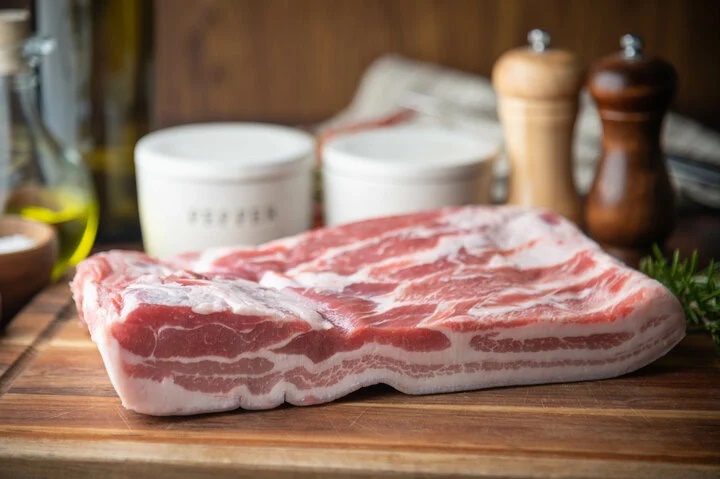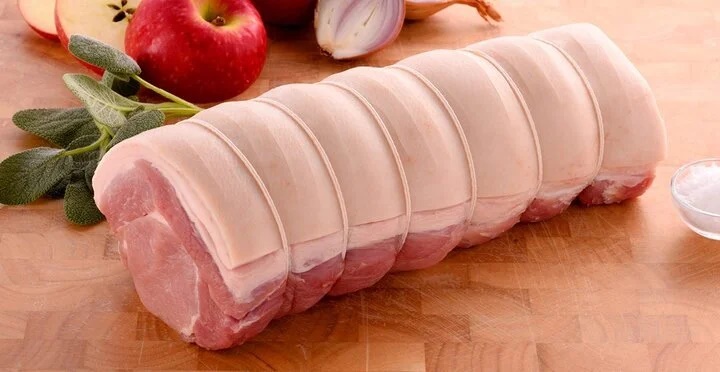Pork is not only delicious but also nutritious, and it is the main ingredient in many popular dishes in Vietnam. With Tet approaching, pork consumption is increasing, which has led to a rise in low-quality pork being sold. Some unscrupulous merchants even sell pork from diseased pigs.

Distinguishing between fresh pork and dead pork: Fresh pork is usually slightly pink, not bright red, and does not have a strong foul odor. (Image: Mother Earth News)
Recognizing the difference between fresh pork and dead pork is a skill that every homemaker should know to ensure the safety and health of themselves and their families.
Signs to differentiate between fresh pork and dead pork
According to Sohu, by observing and paying attention to the following characteristics, it is not difficult to distinguish between fresh pork and dead pork and purchase delicious pieces of meat from healthy pigs.
The skin of the meat

The skin of a dead pig has small red spots, and even purple spots. (Image: Sevenpointpork)
You can distinguish between fresh pork and dead pork based on the color of the pig’s skin. The skin of a healthy pig is usually bright in color, without any stains, and appears white and clean. In contrast, the skin of a dead pig has blood clots on the layer of fat, resulting in small red spots and even purple spots.
The color of the meat

Observing the color of the meat is a way to differentiate between fresh pork and dead pork. (Image: Enliven)
Healthy pig meat has white and shiny fat, pale red or bright red lean meat, and a very even red color. The surface of the meat is slightly dry or slightly moist, and does not stick to the hand.
In contrast, dead pork has dark-colored lean meat, purplish-red or blackish-red, and the fat also has a red color. Additionally, a small amount of dark red blood oozes out from the cut section of the meat.
When it comes to diseased pork, the overall color is purplish-red, the fat is grayish-white, and part of the fatty tissue is lightly stained with red. The lean meat is very dark red.
Elasticity
Checking the elasticity of the meat is also a way to distinguish between fresh pork and dead pork. Press your hand onto a piece of meat. Fresh and delicious pork from a healthy pig will have strong elasticity. After lifting your hand, the indentation will immediately fill up again, leaving no traces. The lean meat is shiny and does not feel sticky when touched.
On the other hand, dead pork is very flaccid. After pressing your hand onto it, the indentations cannot be filled, and the imprints are very clear. The meat is sticky and slippery to the touch.
Smell differentiation
Fresh and delicious pork does not emit a foul odor, even when thawed after being frozen. However, dead pork will have a more pronounced smell of rancid fat, and the smell of blood is particularly pungent.
With diseased pork, when you cut it with a knife, a small amount of meat juice will flow out on the surface, emitting a slight smell of rancid fat.
In addition to the above characteristics, to differentiate between fresh pork and dead pork, you can also observe the lymph nodes. The lymph nodes of a healthy pig, when cut, will be pale pink or light yellow. In the case of diseased pigs, the lymph nodes will be swollen, dark grayish-purple in color. This type of meat, no matter how cheap it is, should not be purchased because it contains a lot of bacteria and parasites, which can cause serious consequences for your health.
Source: VTC news






































